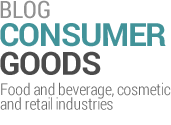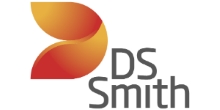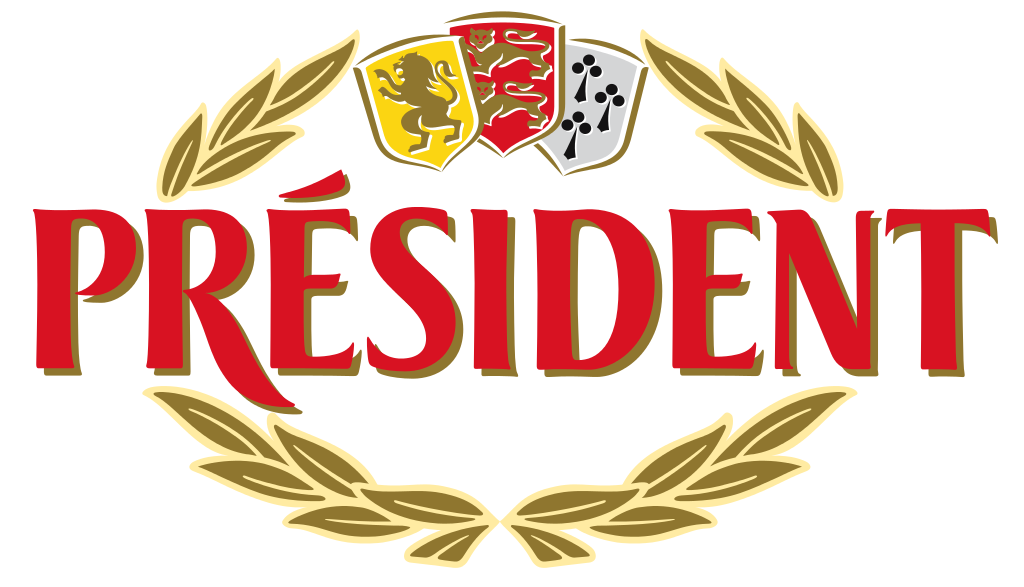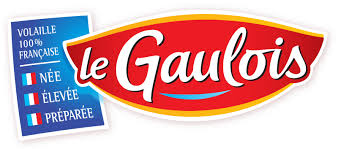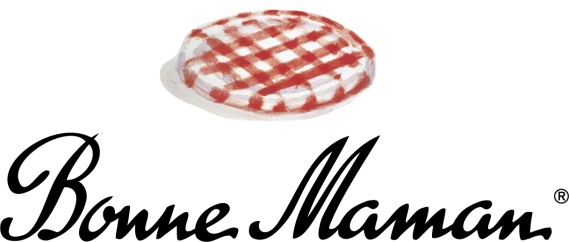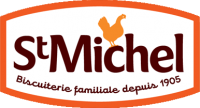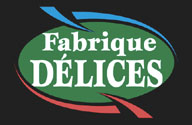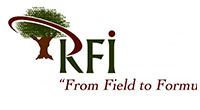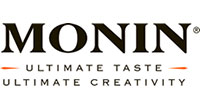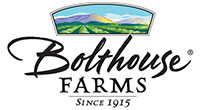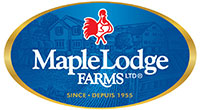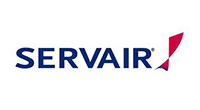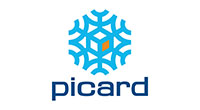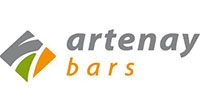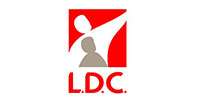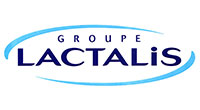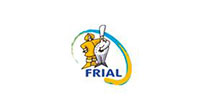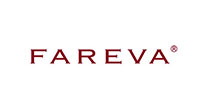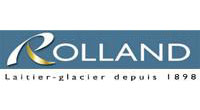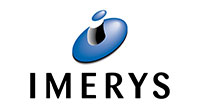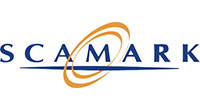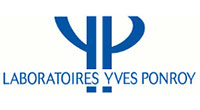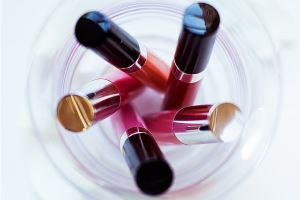
On March the 22nd, 2019 took place in Paris the COSMED annual international meeting regarding regulatory compliance management for cosmetic products. North American, Asian, and South American regulations and market situations have been widely discussed. Here is the key information to keep in mind, summarized by our regulatory expert on site.
According to a 2018 COSMED survey, 34% of cosmetic industry players were mainly controlled on the following set:
– PIF (Product Information File)
– Claims and labeling
– Physicochemical and microbiological tests
– GMP (Good Manufacturing Practice)
– Dosage of certain ingredients such as restricted preservatives
United States’ regulatory framework for cosmetic products
In the US, the FDA (Food and Drug Administration) is the one responsible for controls and may send warning letters or import alerts to industries that don’t comply with federal laws. Nonetheless, they have no authority when it comes to recalls and withdrawals.
It’s important to note that, comparing to Europe, registering a cosmetic product is not mandatory before placing it on the US market. However, it is highly recommended to take part to the Voluntary Cosmetic Registration Program for statistical purposes.
Canada’s cosmetics regulatory Framework
In Canada, controls are done thanks to Health Canada, under its Consumer Product Safety Program. This program involves product samplings and tests, which are carried out in collaboration with the Canada Border Services Agency (CBSA) and other national and international regulatory agencies. This collaboration prevents non-compliant products from being imported to other countries.
Middle East’s cosmetics regulatory Framework
In the Middle East, cosmetic products are also monitored by national control authorities. The main sources of non-compliance come from:
– the product composition (presence of alcohol and/or pork and its coproducts, % of AHA…)
– therapeutical claims
– rejected tests (microbiology, heavy metals, dioxanes…)
– wrong labeling (mandatory information must be in Arabic)
– incomplete and/or incorrect safety assessment reports
– artworks not adapted to the customs of the Middle East
China’s regulatory framework for cosmetic products
In China, controls for cosmetic products are carried out by the National Medical Products Administration (NMPA) in association with the local FDAs. In 2018, hair dyes were responsible for 53% of the non-compliances detected by the NMPA, such as labeling, composition or microbiology non-compliances. Product recall and discontinuation is ordered and monitored by the local FDAs.
Within the ASEAN (Association of Southeast Asian Nations), in 2018, the FDA (Philippines) and the Drug Administration of Vietnam published respectively 40 and 30 alerts for non-compliant product. The Health Science Authority (Singapore) recalled 21 products.
Ease international cosmetics regulatory compliance by adopting a PLM solution
A PLM (Product Lifecycle Management) software streamlines all processes and tasks of a new product development project. It provides cosmetic manufacturers and distributors a comprehensive set of key features to cut down paperwork, build reliable regulatory data sources and enhance collaboration between regulatory affairs, R&D, procurement, quality and marketing. Willing to learn more about the best practices to ensure cosmetics products regulatory compliance through your international strategy? Download our “Cosmetic compliance” white paper!
